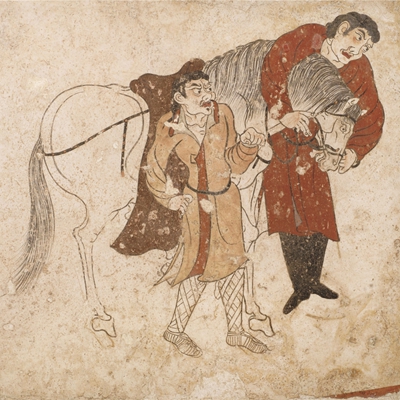
Barbarians and horses
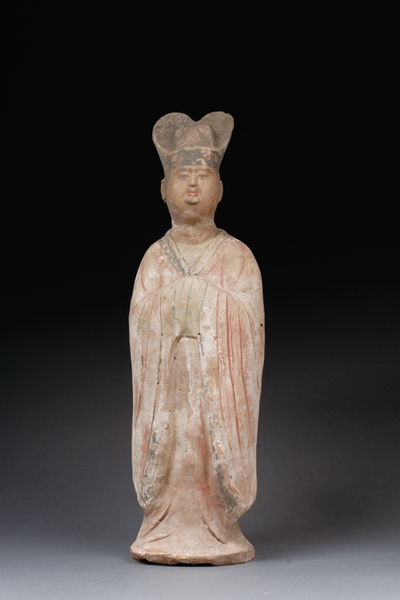
Painting pottery officials
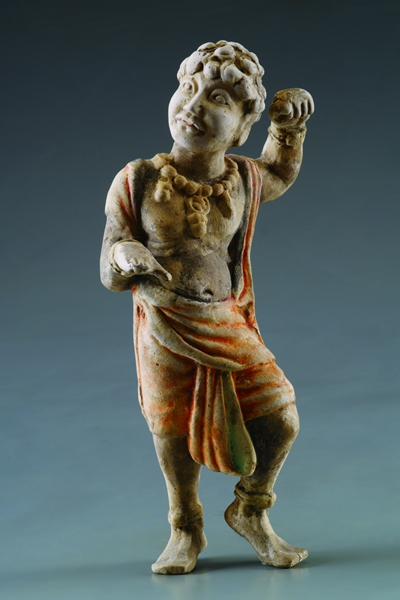
Painted black standing figure
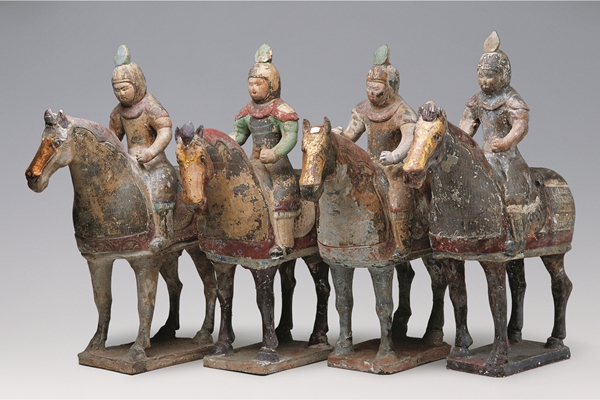
Painted gold horse-riding figures
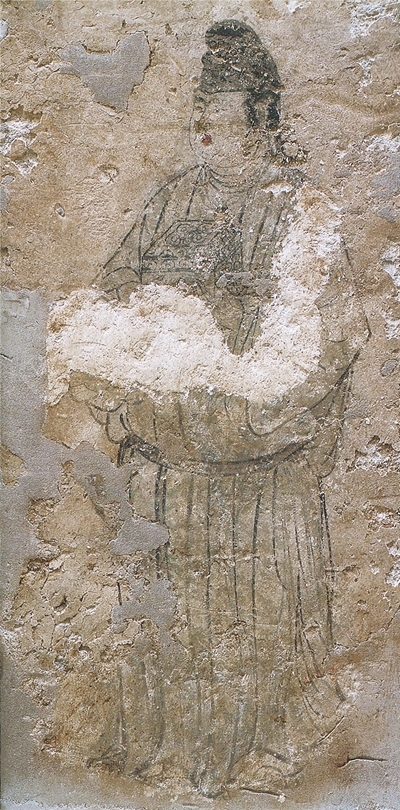
Maids in man's clothing holding boxes
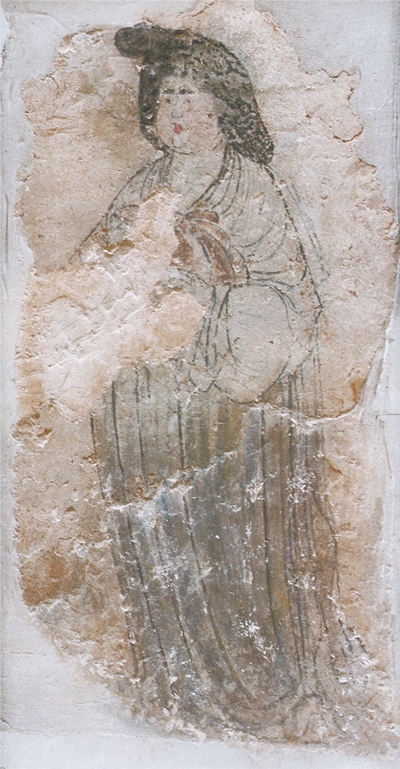
Maid holding parcels
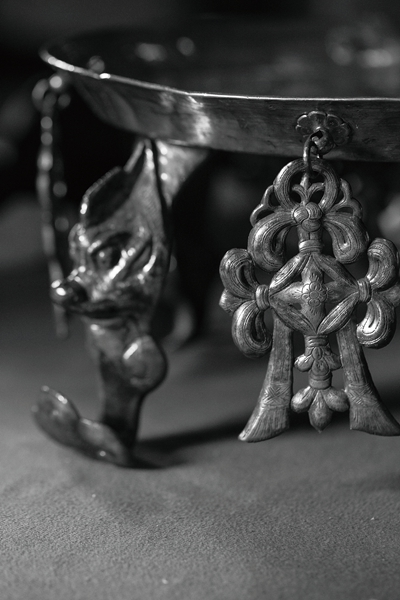
Gilt turtle-lotus-pattern five-feet silver oven and stove (Partial)
In the vastness of Chinese history, the great Tang Dynasty is like an extremely stunning star, which not only shows a rush of heroic warfare, the enthusiasm of soldiers, but also the pleasant scenery of beauties at the waterfront of Chang'an, the high-spirited atmosphere of the world's worships and the broad-mindedness of embracing the whole world, presenting a graceful, luxurious and open civilization. From September 4th to November 3rd, the "Glory of Great Tang" exhibition, held at the National Museum of China, has selected the representative materials that can represent the development level of the Tang Dynasty from the cultural relics unearthed in Shaanxi and showcased the glory of Tang Dynasty in an all-round and three-dimensional manner from culture, life, art, Chinese and foreign exchanges and religious beliefs and other aspects.
"Since this year, the National Museum of China has been pursuing the basic concepts of focusing on exhibition rather than exhibits, open cooperation and mutual benefit, proactively promoting exchanges and cooperation with local cultural institutions, and jointly launching a series of exhibitions concerning the local ancient fine cultural relics," said CHEN Chengjun, deputy-director of the National Museum of China. According to him, the exhibition was jointly organized by the National Museum of China, the Publicity Department of Shaanxi Provincial Party Committee and the Shaanxi Provincial Cultural Relics Bureau. It was hosted by the Shaanxi History Museum, with assistance from nine peers nationwide, including Shaanxi Provincial Institute of Archaeology, Famen Temple Museum, Xi'an Museum, Xi'an Forest of Steles Museum, the Zhao Temple Museum, the Qian Temple Museum, the Xi'an Cultural Relics and Archaeology Research Institute, and the Changwu County Museum.
The exhibition is divided into six parts: " Establishment of Nation", "Royal Treasures", "Beauties of Chang'an", "Riding and Hunting Songs", "Foreigners of Tang Dynasty" and "Science and Reunification", collecting nearly 120 pieces (sets) of boutique cultural relics of Tang Dynasty. Although the number of cultural relics is not particularly large, the cultural relics have been loaded with 22 boxes from Shaanxi to the National Museum of China, far exceeding the number of general cultural relics in the past. "Because there are 10 murals and 7 epitaphs in these cultural relics, which have rarely been exhibited in the past. It shows the curator's new understanding and considerations of the Tang Dynasty relics," said HE Daxin, deputy-director of Cultural Relics Protection Division of Shaanxi History Museum.
The Tang Dynasty cultural relics exhibition has always been one of the important subjects of museum exhibitions. In addition to the parts of Sui and Tang Dynasties in the National Museum of China, the Shaanxi History Museum and the Henan Museum, the museums at home and abroad hold different thematic exhibitions each year. These exhibitions have enriched the audience's understanding of the art, culture and history of the Tang Dynasty, and made the cultural relics of the Tang Dynasty gradually familiar amongst people. Therefore, ZHAO Yong, curator of the National Museum of China, has some new considerations in planning: "From the perspective of content, as the exhibition cannot fully reveal the original appearance of an era, it basically shows several important aspects of the Tang Dynasty, endeavoring to have a more abundant interpretation of the connotation of the cultural relics, so that it is more related to the theme. In the aspect of form, it focuses on murals, epitaphs and clues in connection with related cultural relics."
In the first part of the exhibition, the curatorial team used the epitaph of Ma Rong and that of Tang Jian to combine with the corresponding tomb figures of civil and military officials and related cultural relics to express the glory of these figures. In the second part, it employed a group of gold and silver wares to express alchemy by collection unearthed at Hejia Village, and also a set of tea sets and incense sticks of gold and silver in the Famen Temple to express the concept of "Royal Treasure"."There are different interpretations of these gold and silver wares, but it is largely related to the royal family. There are engraved inscriptions on the gold and silver vessels unearthed at Famen Temple, which is very clear that this was the emperor's offering to the Temple," Zhao Yong explained. "Whether the collection of Hejia Village is related to the Bin Mansion, or related to the official LIU Zhen, or concerning the collection of Qionglin Storage of palace of Ming Dynasty recently mentioned by professor LIN Meicun, it bears a relationship with the royal family, so we put these collection combined with the silver plate, box, enamel and other utensils that local officials have put in as a themed exhibition to show to the public separately. From this point of view, it shows the gold and silver craftsmanship at that time, and also luxury life in court."
In addition, many of the fine cultural relics in the exhibition were exhibited for the first time, such as the Scroll of Gentlemen from HAN Xiu's Tomb of the Shaanxi History Museum, the murals on the Jing Ling Tomb of Tang Dynasty's Concubine Wuhui, the Ma's Epitaph, wife of SU Liang of the Xi'an Forest of Steles Museum, the MI Jifen's epitaph, and the relics box of Buddhist Master Zhicang of the National Museum of China amongst others.
The extremely exquisite workmanship of Hejia Village relics and the palace treasures of Famen Temple, the epitaphs and murals demonstrating Tang Dynasty's fashion customs, the three-colored pottery and the diversified religious relics of barbarians and Han nationalities are so exquisite beyond comparison, not only condensing the precious memories of that era, but also becoming an important part of the cultural genes of the Chinese nation.
"The Tang Dynasty is the most powerful, dynamic and one of the most open and inclusive periods in China's history. It has exerted great influence on later generations in many aspects, such as politics, culture and art, becoming the cultural gene of our Chinese nation. I hope that through this exhibition and the review of history, we can not only understand the greatness of Tang Dynasty, but also inspire us to think about the future," CHENG Xu, deputy director of Shaanxi History Museum said.





















